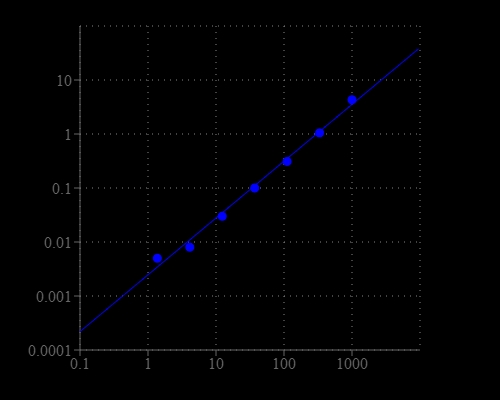Amplite® Colorimetric Ammonia Quantitation Kit
Blue Color
Ammonia is an important source of nitrogen for living systems. It is synthesized through amino acid metabolism and is toxic when present at high concentrations. It is produced in liver and converted to urea through the urea cycle. Elevated levels of ammonia in the blood (hyperammonemia) have been found in liver dysfunction (cirrhosis), while hypoammonemia has been associated with defects in the urea cycle enzymes (e.g. ornithine transcarbamylase). The determination of ammonia is very useful test in clinical laboratory to monitor health status. Our Amplite® Colorimetric Ammonia Assay Kit provides a simple and sensitive colorimetric method for the quantitation of ammonia concentration in foods and biological samples such as serum, plasma and urine, etc. The assay is based on an enzyme-coupled reaction of ammonia in the assay buffer, and finally produces a blue colored product. The intensity of color produced is proportional to the concentration of ammonia in the sample, which can be measured colorimetrically at 660-670 nm. This Amplite® Colorimetric Ammonia Assay Kit provides a simple assay to detect ammonia. The assay can be performed in a convenient 96-well or 384-well microtiter-plate format and easily adapted to automation without a separation step.


| Catalog | Size | Price | Quantity |
|---|---|---|---|
| 10059 | 200 Tests | Price |
Storage, safety and handling
| H-phrase | H303, H313, H333 |
| Hazard symbol | XN |
| Intended use | Research Use Only (RUO) |
| R-phrase | R20, R21, R22 |
| UNSPSC | 12171501 |
Instrument settings
| Absorbance microplate reader | |
| Absorbance | 660 - 670 nm |
| Recommended plate | Clear bottom |
Documents
Contact us
| Telephone | |
| Fax | |
| sales@aatbio.com | |
| International | See distributors |
| Bulk request | Inquire |
| Custom size | Inquire |
| Technical Support | Contact us |
| Request quotation | Request |
| Purchase order | Send to sales@aatbio.com |
| Shipping | Standard overnight for United States, inquire for international |
Page updated on December 17, 2025
